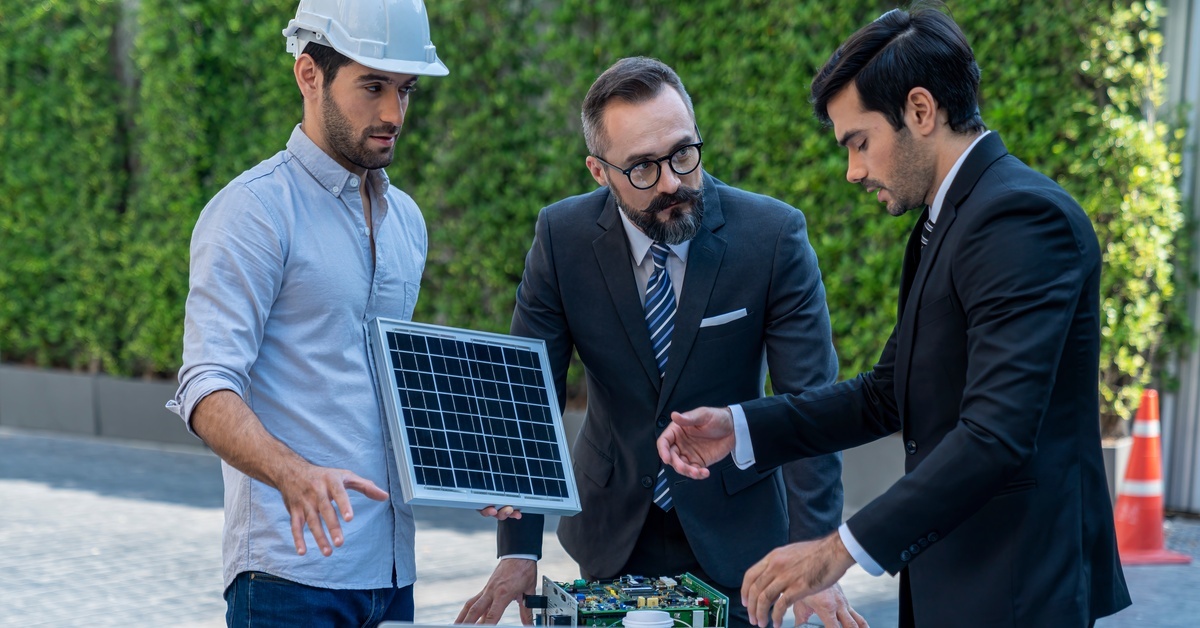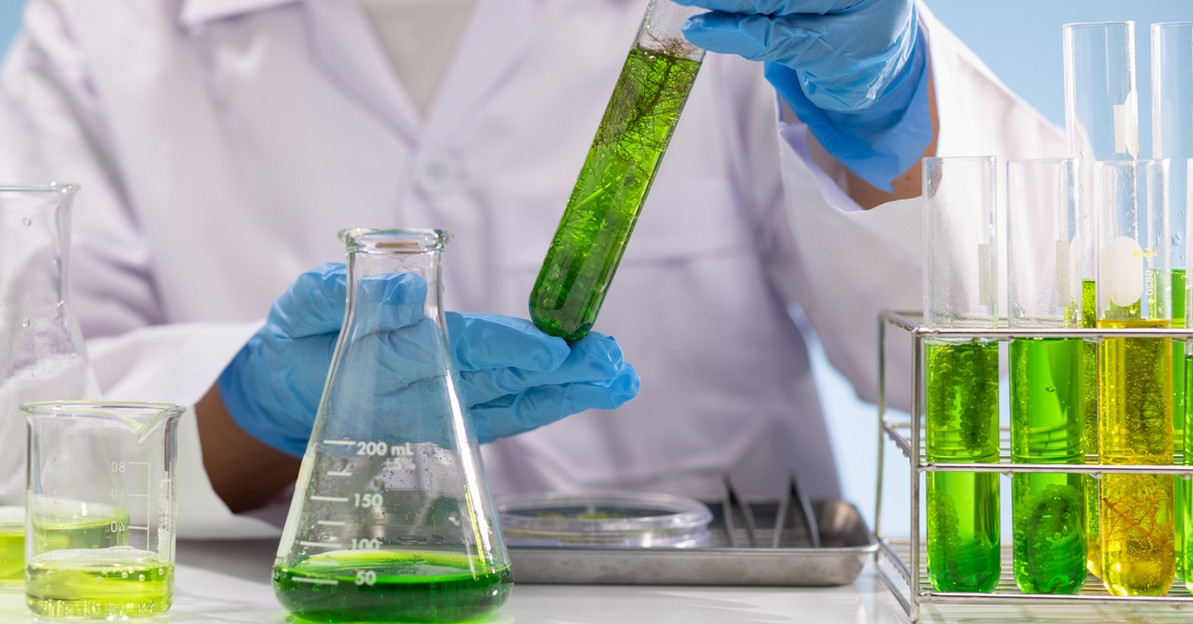How To Reduce Your Lab’s Carbon Footprint
Laboratories are a cornerstone of scientific and industrial progress, yet their energy and resource demands often make them major contributors to carbon emissions. Addressing lab-based carbon footprints has never been more critical for environmental health, financial efficiency, and reputation. Use this guide to learn actionable strategies to reduce your lab’s carbon footprint and establish a more sustainable environment.
Conduct a Carbon Footprint Assessment
A carbon footprint assessment allows you to measure energy consumption, water usage, and waste output. Tools such as the Laboratory Efficiency Assessment Framework (LEAF) or carbon calculators designed for labs simplify this process. Collecting baseline data ensures informed decision-making that prioritizes the biggest opportunities for improvement. Think of this test as creating a road map; each improvement builds cumulatively toward a greener operation.

Upgrade to Energy-Efficient Lab Equipment
Energy-intensive equipment, like centrifuges, freezers, and fume hoods, is often the largest contributor to a lab’s carbon footprint. Investing in energy-efficient models slashes energy consumption while maintaining performance.
Use ultra-low-temperature freezers with Energy Star ratings to preserve more energy while keeping test samples cooled for extended periods. Regular maintenance, such as calibrating instruments and preventing energy leaks, further enhances efficiency. Additionally, turning off or unplugging idle equipment reduces phantom energy draw, saving energy and costs.
Optimize HVAC Systems
HVAC systems may account for up to half of a lab’s energy use. Optimizing these systems involves regular maintenance to avoid inefficiencies like air leaks or clogged filters. Upgrading to variable air volume (VAV) controls reduces energy use by adjusting airflow rates based on real-time room needs rather than maintaining constant operation. Focus on maintaining precise HVAC system control to see energy savings in your lab while protecting the integrity of operations.
Adopt Renewable Energy Sources
Renewable energy is an immediate pathway to reducing your lab’s carbon footprint. Installing solar panels or participating in local green energy programs allows labs to power their operations with cleaner energy. Paired with energy-efficient systems, renewable energy positively transforms operational costs over time.
Combining these systems with other options, such as wind turbines, improves your chance of earning government grants and tax incentives for renewable energy adoption to make the transition easier. Many laboratories worldwide have demonstrated how renewables integrate seamlessly without disrupting research-grade quality.
Follow Sustainable Purchasing Practices
Eco-friendly purchasing starts with selecting sustainable supplies, such as biodegradable or recyclable materials. Streamlined procurement processes reduce excess materials by ordering only what is needed, reducing your lab’s carbon footprint further. Choosing energy-efficient products or consumables made with less harmful chemicals can enhance your lab’s overall sustainability impact.
Reduce Waste and Recycle
Laboratories produce considerable waste, from single-use plastics to hazardous chemicals. Implementing responsible waste management systems is crucial to avoid environmental harm. Recycling programs for nonhazardous waste, such as cardboard and glassware, should become a staple in lab operations.
Tools like pipette tip box recycling programs and refillable solutions also minimize single-use plastics. Partnering with specialized agencies for chemical and biological waste ensures safe and compliant disposal methods.
Use Green Chemistry and Sustainable Methodologies
Green chemistry principles offer practical ways to reduce harmful environmental impacts while advancing lab research. These include identifying alternatives to hazardous chemicals, minimizing solvents, and designing experiments that use fewer resources.
Innovations such as solvent-free reactions or biocatalytic processes enhance research sustainability without limiting scope or quality. Labs focused on eco-conscious methodologies often find new avenues for research partnerships and funding opportunities.

Implement Water Conservation Strategies
Efficient water use is a pressing priority for laboratories, where distilled or deionized water is essential. Retrofitting existing equipment with water-saving adaptations, such as automatic shutoff valves, prevents unnecessary waste.
Systems designed for recycling treated water offer a twofold benefit of conservation and cost reduction. Additionally, regular water use audits identify inefficiencies, such as overuse during cleaning cycles or sample preparation, that labs may address promptly.
Make Building Design and Layout Improvements
Energy-efficient buildings set the foundation for sustainable lab operations. Retrofitting existing spaces with proper insulation or low-energy lighting systems enhances energy use while reducing costs. Natural lighting and optimized design layouts reduce electricity demands, such as task-specific lighting instead of blanket illumination. Centralizing heavily used equipment in shared spaces creates energy benefits in new builds by reducing operational redundancies.
Encourage a Sustainable Lab Culture
None of these strategies succeed without the collaboration and commitment of lab personnel. Training employees on the importance of sustainability empowers them to implement green behaviors such as turning off unused equipment, using shared resources, and keeping waste streams separate.
Leaders encourage eco-friendly behavior by establishing dedicated green teams or assigning sustainability officers to track and communicate progress. When sustainability becomes a shared value, its adoption becomes second nature.
Leverage Data and Lab Monitoring Systems
Data-driven labs make better-informed decisions about resource use and efficiency targets. Leveraging lab monitoring systems or advanced software solutions allows tracking of real-time energy, water, and material usage.
Analytics identify inefficiencies, such as high energy consumption during off-hours, and pinpoint where immediate action offers the greatest benefits. Over time, tracking progress through clear metrics keeps your lab accountable toward meeting its sustainability goals.
Collaborate With Industry and Research Networks
Reducing environmental impact isn’t a solitary effort but a shared responsibility. Collaboration with industry peers and academic institutions allows knowledge exchanges on best practices and innovative green technologies.
Participating in collective initiatives like the International Laboratory Freezer Challenge encourages friendly competition and boosts collective sustainability outcomes. Advocacy across research networks amplifies the importance of eco-friendly practices within the scientific community. Additionally, work with lab supply distributors like Ibis Scientific to find equipment that reduces your carbon footprint and maintains the high quality of your processes.
Creating a sustainable lab starts with taking one focused step at a time. Whether switching to energy-efficient equipment, replacing disposable supplies with reusable alternatives, or educating your team, every action makes a difference. When combined, they transform into meaningful reductions in carbon emissions and operational costs. Your lab’s commitment inspires change beyond its walls, influencing sustainable practices across industries and academia.
Recent Posts
-
The Role of Desiccants in Protecting Hygroscopic Chemicals
Hygroscopic chemicals readily absorb moisture from the surrounding environment, leading to compromis …May 19th 2025 -
All About Pairing Containers With Corrosive Substances
Handling corrosive substances is critical in many industries, including manufacturing, pharmaceutica …May 12th 2025 -
Why Solvent Purity Is Crucial in the World of Chemistry
When producing accurate and reliable results in chemistry, solvent purity is non-negotiable. Many se …May 11th 2025




